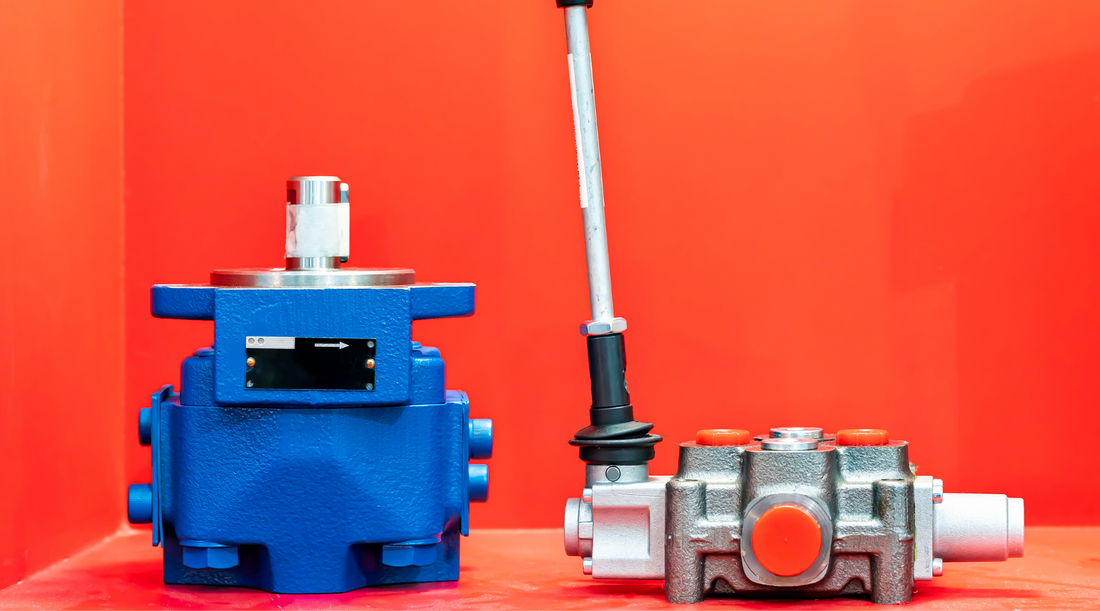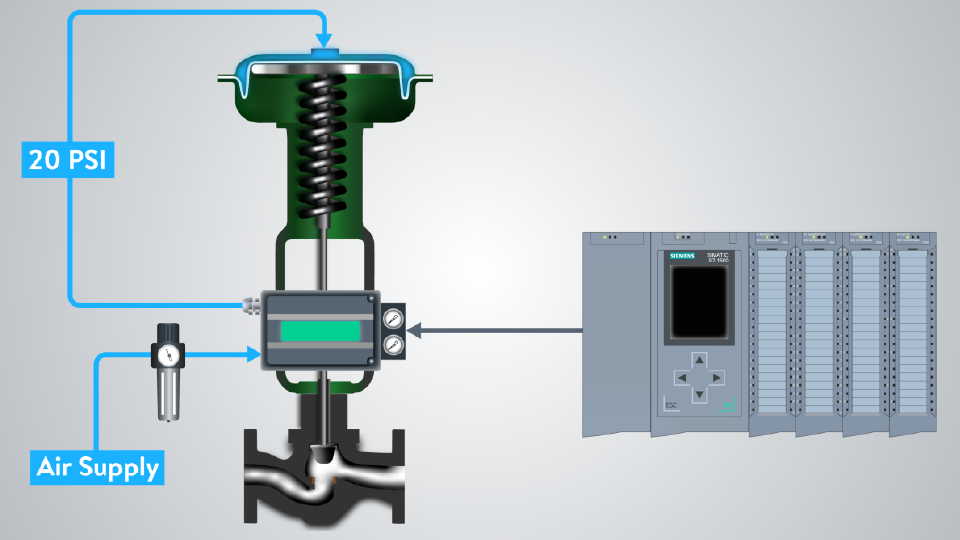Essential Variables to Take Into Consideration When Picking Control Valves
Essential Variables to Take Into Consideration When Picking Control Valves
Blog Article

Maximize Power Cost Savings and Convenience With Advanced Building Automation Controls
In the world of modern-day style and facility administration, the assimilation of advanced building automation controls stands as a crucial improvement. The convergence of technology and sustainability has birthed a brand-new era where energy performance, comfort optimization, and operational streamlining are no more remote desires however obtainable realities. By utilizing the power of automation, structures can adapt, react, and evolve in manner ins which were once unthinkable. The potential for significant energy financial savings and enhanced comfort is not simply a possibility but a promise waiting to be fulfilled. This paradigm shift in building monitoring holds the essential to opening a world where environmental conscientiousness and passenger well-being sympathetically coexist within the walls of our frameworks.
Energy Effectiveness Conveniences
Energy effectiveness benefits can considerably lower energy consumption and operational costs in structures. By applying energy-efficient methods and modern technologies, building owners and drivers can attain considerable savings while also adding to environmental sustainability. Among the primary advantages of improving power effectiveness in structures is the reduction of utility costs. Energy-efficient systems, such as innovative building automation controls, can optimize using resources like air conditioning, illumination, and heating, bring about reduced power costs over time.
Furthermore, improved energy efficiency can prolong the life-span of building tools and systems. By operating much more effectively, HVAC systems, light, and other building elements experience less damage, resulting in lowered maintenance and replacement expenses. Additionally, energy-efficient buildings commonly regulate greater property worths and rental rates, offering lasting financial advantages to proprietors.
Furthermore, energy effectiveness can enhance owner convenience and performance. Properly regulated indoor atmospheres with ideal illumination and thermal problems create a more pleasant and helpful workspace, resulting in boosted worker satisfaction and performance. Overall, the energy effectiveness benefits associated with sophisticated structure automation controls are complex, incorporating cost savings, environmental stewardship, and resident well-being.
Improved Convenience Control
Enhancing convenience control in building atmospheres requires an innovative combination of innovative automation systems for optimal owner health. By utilizing innovative structure automation controls, centers can customize the indoor setting to meet the specific requirements and preferences of owners. These systems enable specific policy of lighting, ventilation, and temperature level, producing a efficient and comfy atmosphere. Occupant contentment and performance are very closely linked to thermal comfort, making it vital to have systems in place that can adapt to changing conditions in real-time.
By incorporating these advanced controls, structures can not just enhance convenience however likewise enhance energy effectiveness by optimizing system procedures based on actual occupancy and use patterns. Eventually, prioritizing occupant comfort with advanced automation systems leads to a much more satisfying and much healthier interior atmosphere.
Functional Efficiency Improvements

In addition, the execution of real-time monitoring and analytics tools enables building drivers to identify power ineffectiveness and functional anomalies without delay. By continuously keeping an eye on energy use patterns and system performance metrics, changes can be made in real-time to optimize energy intake and make sure peak operational effectiveness. control valves. Furthermore, including demand response approaches check out here into structure automation controls can even more improve functional effectiveness by dynamically readjusting energy usage based on grid problems and prices signals
Indoor Environment Optimization
Reliable indoor environment optimization is an essential element of structure automation controls, making sure passengers' convenience and well-being while optimizing energy savings. By using sophisticated sensing units and controls, developing automation systems can continually monitor and change temperature, humidity degrees, air high quality, and air flow to create an ideal interior environment. Preserving constant and comfortable problems not only enhances resident complete satisfaction but also increases performance and general well-being.
Interior environment optimization also plays an important duty in energy effectiveness. By fine-tuning air conditioning, heating, and air flow systems based upon real-time data and tenancy patterns, developing automation controls can substantially minimize power usage - control valves. Applying approaches such as demand-controlled air flow and thermal zoning can aid lessen power waste while guaranteeing that each area of the building obtains the essential conditioning.

Lasting Environment Development
Structure automation regulates not only optimize interior environment problems for power effectiveness and owner convenience but additionally lay the foundation for developing a lasting atmosphere with calculated administration of sources and systems. By integrating advanced building automation innovations, such as sensing units, actuators, and smart software application, centers can adjust and keep an eye on power use in real-time to decrease waste and minimize their carbon impact. These systems make it possible for anticipating upkeep, determining possible problems before they rise and enhancing tools efficiency to boost continue reading this durability and effectiveness.
In addition, lasting atmosphere production prolongs past power administration to incorporate water preservation, waste reduction, and interior air quality enhancement. Building automation controls can manage water use, discover leaks, and make sure correct waste click here to read disposal practices, adding to total sustainability initiatives. Furthermore, by keeping an eye on and managing ventilation and purification systems, these technologies improve passenger health and wellness and efficiency while reducing power usage related to HVAC procedures.
Verdict
Finally, progressed building automation regulates offer substantial benefits in terms of power savings, convenience control, operational efficiency, indoor climate optimization, and producing a sustainable setting. By implementing these controls, buildings can attain optimum efficiency while lowering power usage and boosting passenger convenience. It is apparent that using innovative automation technology is critical in enhancing building efficiency and producing a more lasting future.
Energy efficiency benefits can significantly lower power consumption and functional prices in buildings. Overall, the energy effectiveness benefits associated with sophisticated building automation controls are complex, encompassing price savings, environmental stewardship, and passenger wellness.
Furthermore, including need reaction approaches into building automation controls can further enhance operational efficiency by dynamically readjusting power use based on grid problems and pricing signals.
Structure automation regulates not only optimize indoor climate conditions for energy efficiency and owner convenience however also lay the structure for producing a sustainable setting via calculated administration of systems and resources.In verdict, progressed building automation manages offer substantial benefits in terms of power cost savings, convenience control, functional efficiency, indoor environment optimization, and developing a sustainable environment.
Report this page